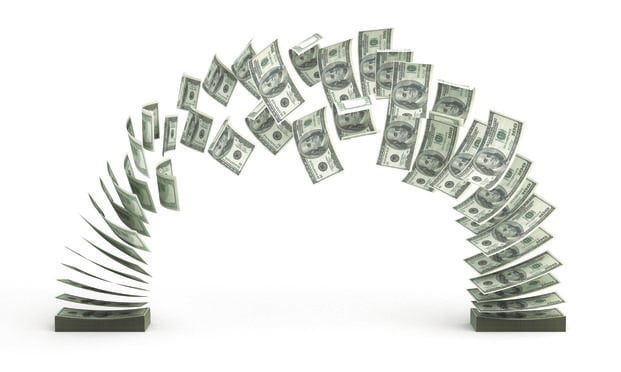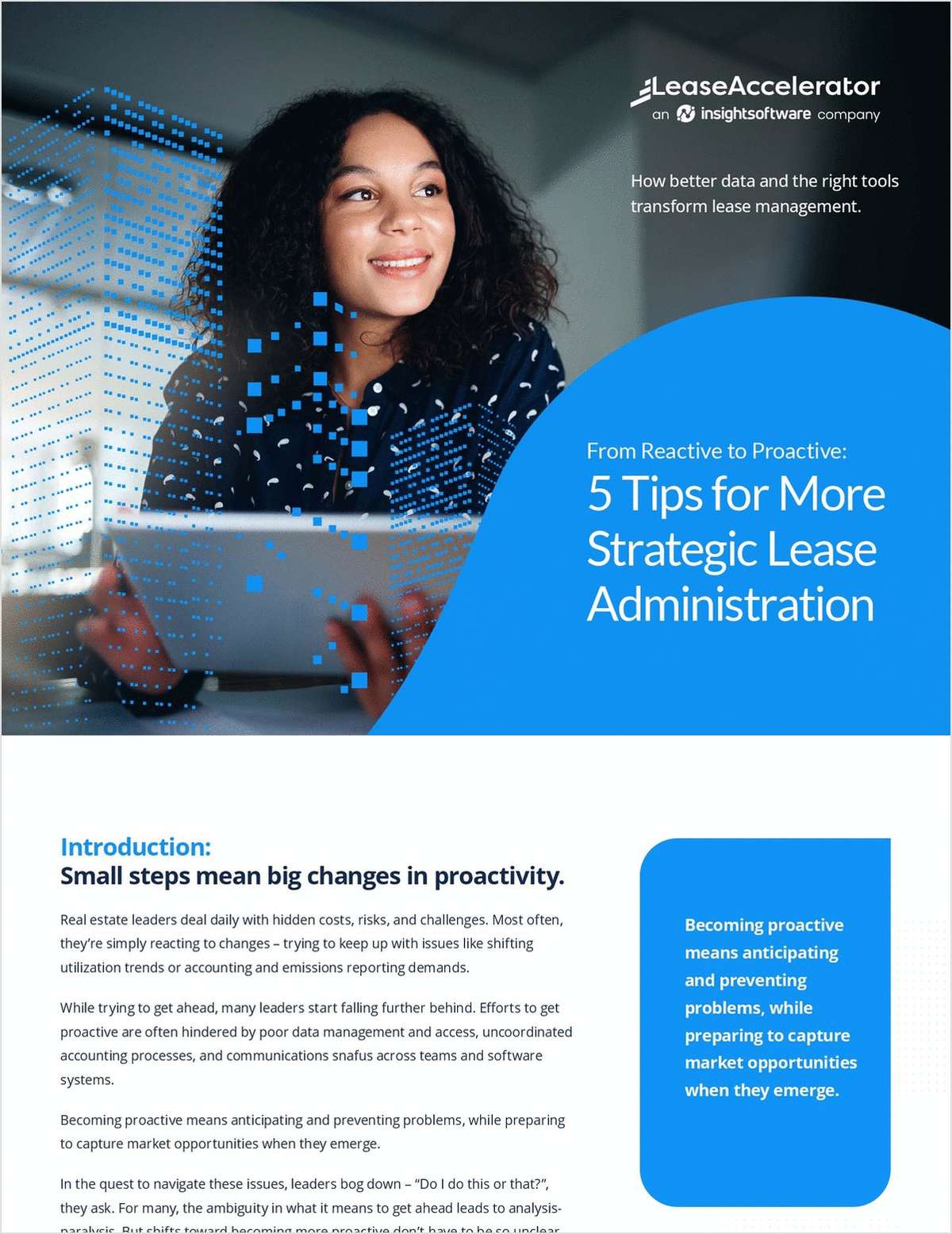(For more retail coverage, click GlobeSt.com/RETAIL and to read more on the multifamily market, click here.)
SAN FRANCISCO-The rapid increase in commercial real estate values could moderate in 2007, according to a new analysis of third quarter trends by locally headquartered Global Real Analytics, which maintains several industry indexes. While commercial real estate values continued to rise through the quarter, the volume of dollars flowing into investment property fell significantly.
Overall sales volume was down 18% compared to the third quarter of 2005 while values rose 10.7%. While all property types conformed to the general trend, the overall results mask significant deviation by market and by sector.
Daniel O'Connor, GRA's managing director of global forecasting, says the apartment and retail sectors saw the sharpest decline. Sales volume in those two sectors slowed by 30% and 38% respectively during the third quarter when compared to the same period one year earlier, while sales volume of CBD office properties was off by about 20%. By contrast, the volume of suburban office and warehouse sales was almost unchanged, declining 0.4% and 2.1%, respectively.
"We're in a unique historical period with sales volume in certain property sectors slowing--albeit from extraordinary levels--but prices increasing," O'Connor says. "It'll be interesting to see in the coming quarters whether price appreciation moderates as well."
O'Connor attributes the slowing apartment sales to the significant decline in the appeal of condo conversions. Regarding the decline in retail sales, he says retail may be less attractive to investors not only because of concern over the impact of falling home values and volatile energy prices on spending, but also simply because retail activity had been so great for so long.
By market, apartment values performed the best in Tampa/St. Petersburg and Oakland, where values were up 27% in the third quarter compared to the same period one year earlier. The increase topped every other sector in every other market.
"Apartments will continue to appreciate as long as we see the dynamic of robust demand on a limited supply of properties," says GRA chief operating officer James Sempere. "The inventory of multifamily has been depleted in many markets in part by condo conversions in recent years. Plus, there just hasn't been a lot of added supply with new apartment development."
Portland lead all CBD office markets with an annual rate of appreciation of 26.5% in the third quarter compared to the same quarter one year earlier. Austin posted an increase of 24.1%, followed by the Twin Cities with 23.2%, Midtown Manhattan with 22.6%, and Miami with 20.9%.
Other markets with sector leading appreciation include Honolulu retail properties at an annual price increase of 21.8%, Jacksonville warehouse properties at 22.9% and Nassau-Suffolk suburban office properties at 23.7%.
Regionally speaking, the results vary widely. "When we look at the rate of appreciation using regional composites of sectors, regions in the Florida Gulf (13.1%), Northeast (13.2%), and the Pacific Northwest (12.2%) more than doubled the rate of the East Central (5.4%), where there are some property sectors in certain markets reporting negative appreciation," Sempere says.
Want to continue reading?
Become a Free ALM Digital Reader.
Once you are an ALM Digital Member, you’ll receive:
- Breaking commercial real estate news and analysis, on-site and via our newsletters and custom alerts
- Educational webcasts, white papers, and ebooks from industry thought leaders
- Critical coverage of the property casualty insurance and financial advisory markets on our other ALM sites, PropertyCasualty360 and ThinkAdvisor
Already have an account? Sign In Now
*May exclude premium content© 2024 ALM Global, LLC, All Rights Reserved. Request academic re-use from www.copyright.com. All other uses, submit a request to [email protected]. For more information visit Asset & Logo Licensing.








